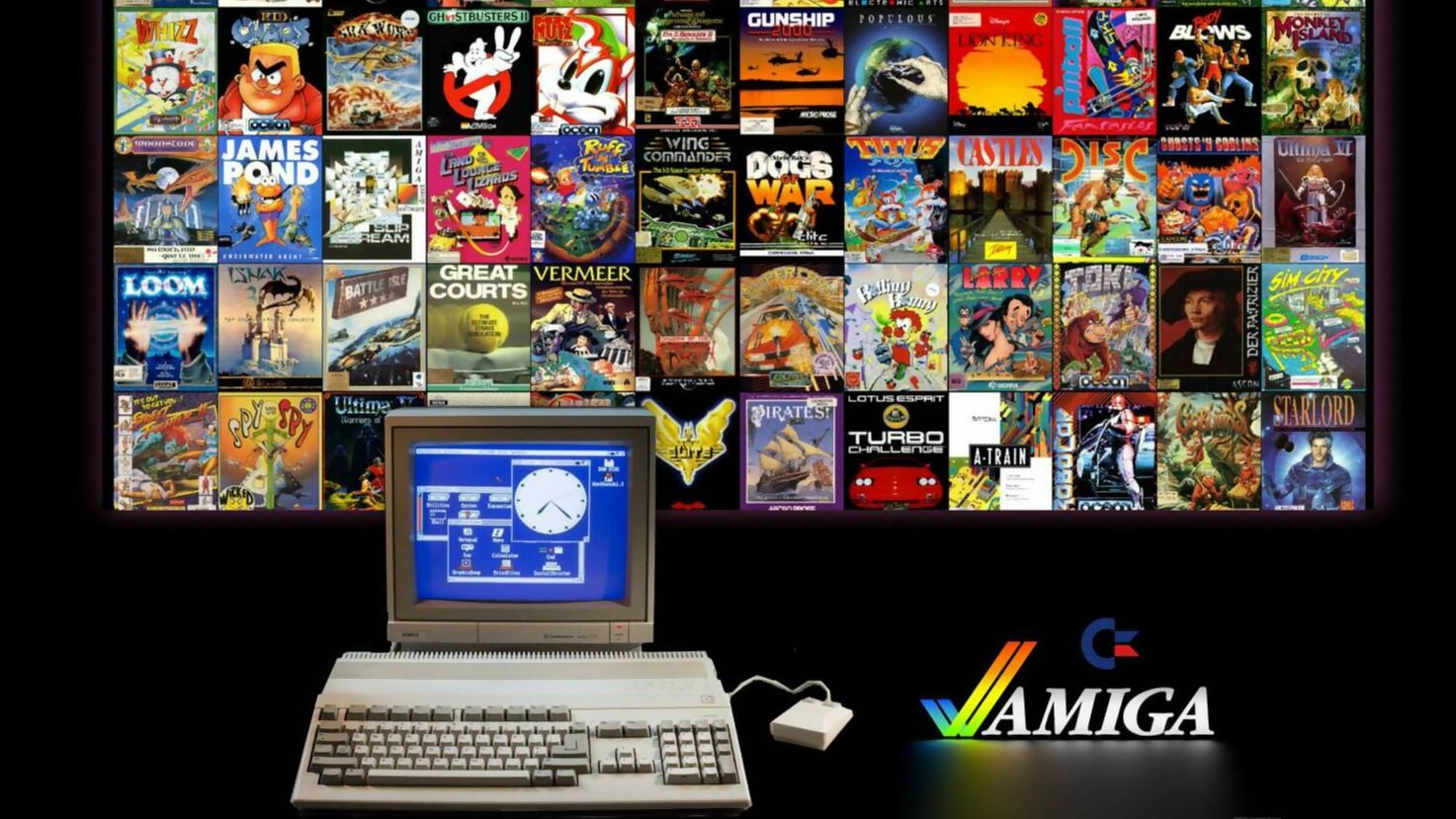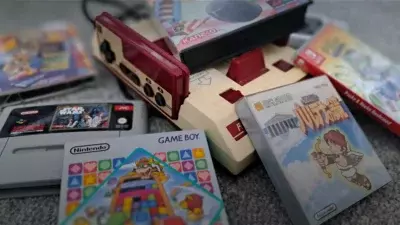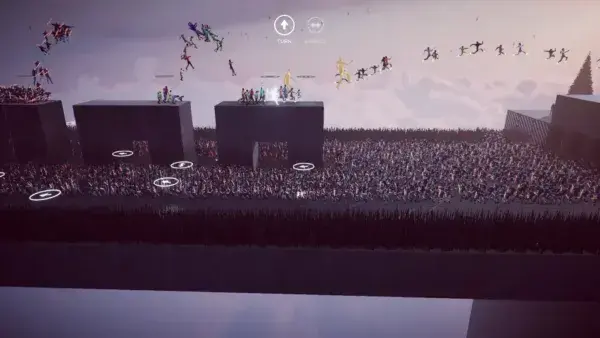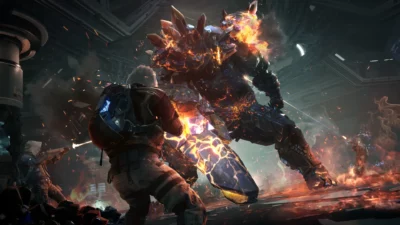
But can it play Doom? A question we all asked, repeatedly, throughout the early to mid-1990s. As Commodore’s Amiga had dragged itself, almost kicking and screaming, from the high-priced, productivity-focused world of workstations and onto desks of regular punters around Europe (‘the world’ would be pushing it), it felt like there was nothing this computer couldn’t do.
It was used for Babylon 5! And Mad Dog McCree! Andy Warhol drew Debbie Harry using an Amiga! PCs weren’t quite there, consoles were limited by comparison – the Amiga was all-powerful, all-conquering… but no, it couldn’t play Doom.
It’s difficult to imagine late eighties and early nineties gaming in Europe without the Amiga. It seemed everybody had one – most with the trusty old Amiga 500, some picking up an A500 Plus if they felt a bit fancy, while the rich kids had the A1200.
Spare a thought for the poor lot with the A600. Dozens – hundreds – of games poured in from developers big and small around the world, backed up by a robust and inventive Public Domain (PD) scene, piggybacking off the success of the previous generation’s bedroom coders. Choice. Always choice. That’s what the Amiga was.
It was never the best. Even though PCs of the day weren’t their best as gaming machines, they still had more oomph than Commodore’s machine, the latter mainly based on the 1985 A1000 original. Strategy games and simulations ran faster, smoother, better on PC than on Amiga.

Body Blows: a Street Fighter II killer? No.
The Mega Drive and SNES had quick-paced platformers and action games nailed, meanwhile, offering a fluidity of motion and breadth of control the Amiga just couldn’t, in the most part, keep up with. The Amiga was batted about between these rival formats, mastering none.
But it was a hardy machine. Robust. Well aware of the limitations of its 7MHz 68K CPU and 512KB RAM, developers would nonetheless tinker and push, bringing far more out of the stock machine than one would think possible.
Early on in the Amiga’s life, the majority of its games were straight ports from rival format the Atari ST. It made Commodore’s machine look like it couldn’t do much beyond the competition. Thoroughly un-special. But as focus moved away from Atari’s similar, but not quite as powerful machine, the Amiga came into its own.

There was no lack of confidence from Commodore, as shown by placing this ad right outside Sega HQ. Shame about the execution.
If you had an interest, you were covered. Zool for your console-like, quick-paced platformers. Body Blows for the one-on-one fighting, or maybe Shadow Warrior. Sensible Soccer and its follow-ups for football – maybe Dino Dini’s Goal if you wanted a change of pace. Or even Championship Manager if your required change of pace was to ‘glacial’. The Chaos Engine, Speedball 2, or any other Bitmap Brothers game if you wanted to bring the cool. The Turrican trilogy for that soundtrack. Formula One Grand Prix and myriad flight simulators to marvel at the 3D graphics capabilities. Frontier: Elite II to travel the universe. Syndicate to journey through entire, living cities (and kill everyone there).
It might have rarely been the outright best, but the Amiga always had your back, always had you covered with some other game to play.

Entire universes ripe for exploration.
And that’s part of what made its death so tragic, at least in relative terms. Mismanagement at Commodore saw the Amiga’s market share dwindle. The CDTV was a joke. The Amiga 600 was a failure, with the machine displaying a host of easily avoidable flaws and faults in its design (no numerical keypad? No flight sims for you!).
The next big hope for the brand, the CD32 console, was dead on arrival. Nothing Commodore did could push the Amiga any further than it had got itself through sheer inertia. In fact, everything just seemed to work against the format.
Technically, the Amiga is still going – a split in owners after Commodore’s death in the mid-nineties mean pure ownership of the format is a confused bag. But it’s still there. There’s an AmigaOS. Every now and then a new company threatens to put out PCs badged up with the Amiga name. But for all intents and purposes, the Amiga died in 1996. And it shouldn’t have.

You want games? You got games. So. Many. Games. Image credit: wfmag.cc/Amicred
A machine backed by so many developers, beloved by so many across Europe, with so much adaptability shouldn’t have withered on the vine, it shouldn’t have been superseded by repeat failures. It’s been the war cry of the Amiga fan for about 25 years now, but it stands true: the Amiga shouldn’t have died. But it did. And it was Commodore’s own fault.
Later on in the Amiga’s life, well after most of its fans had moved on to other things, Doom did come to the machine in a couple of variants. It required accelerator cards; there was no way it would run on a stock A500 – no, not even with 1MB of RAM installed, shockingly.
It really didn’t matter much by that point; the battle was long lost, the original Commodore just a vague memory. But the community remained. Dogged and determined, committed hobbyists would eke something out of those machines to make them hit the heights we all wanted back in the day. So Doom happened. Fittingly for the Amiga, it was way too late, with little in the way of fanfare, and did nothing to draw people back to the platform. We wouldn’t have it any other way.
Final Doom

Imperfect, but this is on a stock Amiga.
There is still work going on to try and bring Doom to stock Amigas, and one developer – going by KK/Altair – has been showing off his work to get a functional clone of Doom’s basic systems up and running on an Amiga 500 with 1MB RAM. The results are already seriously impressive, even in these early days, with smooth scrolling and a convincing faux-3D effect to levels. Check it out here: wfmag.cc/AmiDoom.





